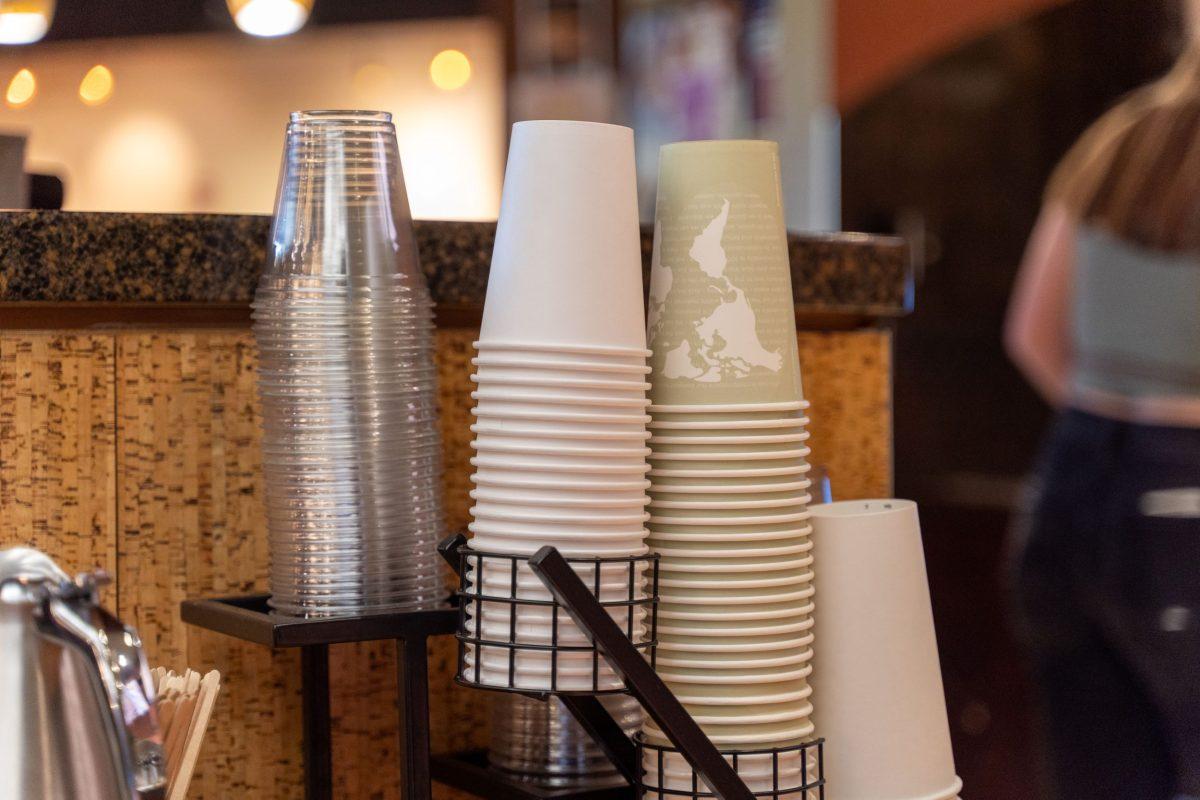Three Pirates share their thoughts on the interesting food they’ve eaten since they started studying abroad.
Alyssa Brooks
Location: British Isles
Inquirers never assume I am visiting the British Isles and Ireland for the food. Maybe France or Italy, yes, but for the British Isles and Ireland they only try to warn against the infamous haggis, which I have not yet had the opportunity to try. The most distinctive food I have tried eating while abroad came about a week into the trip.
We left Dublin and came to the smaller town of Kilkenny. On our first night out, a friend ordered black pudding. She had been trying to find it while we were in Dublin and never succeeded. Her zealous hunt for it piqued my interest, so I was fair game for trying a bite to see what all the hype was about. One might expect black pudding to simply be burnt to a crisp, but black pudding means something different in Ireland and the rest of the United Kingdom. The order arrived at the table, and it looked like large slices of burnt sausage with a strange consistency. Authentic black pudding is made with curdled blood and oats in the cylindrical shape of sausage. It developed on farms where people refused to waste any part of an animal when they killed it. The most unusual feature of it, besides knowing what it was made of, was the thick and chewy texture. It looks black on the outside from being cooked, but it has a deep red tint to it in the center. Thankfully, the taste was not overwhelming or revolting. It was a mild, savory taste. Sometimes I feel as though I am eating my way around the UK, and it does not disappoint.
Max Carter
Location: New Zealand
Let’s be honest, the culture here in New Zealand is not a big change from the United States. They eat the same things here but there are some differences in how they name and prepare some of our favorite foods.
One thing I learned quickly in New Zealand is that ketchup is not ketchup and they do not have tartar sauce. When you order fish and chips, which is a favorite here, you get tomato sauce and aioli sauce. A couple of other differences to note: all kinds of ham are called bacon, there are different cuts of bacon (classic, side, shoulder, etc.) and fast food burgers are made with unprocessed meat. Speaking of fast food, let me blow your mind.
Yes, they have McDonald’s, but no, they do not have a dollar menu. I know, right? It’s an atrocity. At this point I have been in New Zealand for four weeks, and I have not encountered anything as unbelievable as the price of a McChicken. Six dollars will get you a single McChicken sandwich. That is about $4.50 in U.S. dollars. Fast food is more expensive in general here, with a standard meal at “Mackers” as they call it, running at around $11 NZD ($8 U.S.). I suppose that is not too different, but if you head over to Carl’s Jr. and get a meal, it is even more. That being said, people are generally more fit here in the land of the Kiwi than in the U.S., so I guess they are doing something right.
Jessica Razanadrakoto
Location: Semester at Sea
On my second day spent in Japan my friend from Hawaii and I took a four-hour bullet train from Tokyo to Nara as her mother booked us at a traditional Japanese hotel, Mikasa Nara Ryokan, on top of a mountain. We arrived there around dinner time, when we were welcomed with some green tea and Japanese candies. A few minutes later, the bellhop took us to choose a kimono to wear for dinner. We went in a room with a table full of small dishes that could feed at least five people.
Throughout the fourteen-course meal, the most interesting foods I ate were green sponge cake made with beans and topped with candied fresh-water smelt (a type of dried fish), sea bream served with a flower-shaped vegetable on the side paired with some squid and sea urchin and finally a steamed dish containing sea urchin eggs with vegetables. I appreciated all of these foods and I am glad I tried them, but I do not think I would eat them again.
However, some of the dishes I would definitely eat again would be the sushi, tuna, salmon, shrimp and the Japanese mixed rice with crab. This two-hour long dinner was closed with tasty plum liqueur with soda, an orange pudding with fruits, kudzu starch cake (soybean flour) and a full stomach with a new cultural learning experience.










 Spokane?
Spokane?